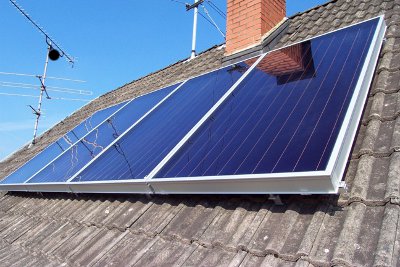Paraguay has one of the highest proportions of renewable energy in South America. Hydropower constitutes around 99.5% of the installed electricity capacity. This makes it highly dependent on the rivers that feed the country’s main hydroelectric plants, from where most of the electricity produced is exported to neighboring countries.
By 2020, renewable energies had reached an installed capacity of 8,832 megawatts (MW). The hydroelectric capacity represented 8,810 MW (47% of its energy supply). In second place, there is biomass (33%), most of which is unsustainably exploited, and lastly, hydrocarbons (20%), all imported.
Paraguay holds the rare title of the world’s largest exporter of electrical energy, but many argue that it is an inefficient exporter because the compensation it obtains is much lower than the market price of energy; at the same time as an inefficient consumer because it uses a very low amount of its installed hydroelectric capacity.
From the perspective of energy demand, the main energy source is biomass (44%), followed by hydrocarbons (40%) and, in a distant third place, electricity (16%). The main source of energy produced in Paraguay is thus the least used in the country.
Paraguay has ratified the Paris Agreement in 2016, the 2017 National Climate Change Law, and the Nationally Determined Contribution, updated under the Paris Agreement and presented in July 2021.

The Atlas of the solar and wind energy potential of Paraguay is one of the tools developed by Itaipu to make visible data of great relevance for developers of these technologies interested in new generation projects in this country.
That document reflects a promising future for solar technology.
Regarding the solar energy potential, it is represented in average daily solar energy accumulated in one year per surface unit (kWh / m²-year). This map denotes considerable potential throughout the territory, with a positive trend towards the north of the country, registering maximum figures that are between 1850 and 2000 kWh / m²-year, especially between the departments of Alto Paraguay, Boquerón, Concepción, Amambay, San Pedro, Canindeyú and Alto Paraná.
Non-Conventional Renewable Energies such as wind and solar still have very low percentages in the installed energy matrix. For this reason, the Vice Ministry of Mines and Energy of Paraguay (VMME), the Itaipú Binacional, the Itaipú Technological Park (PTI-PY), the National Electricity Administration (ANDE) and other entities, would be drawing up a strategic plan to promote these alternative energies.
Currently, Law 3009 of 2016 is in force. Calls for bids were made within the framework of that law but no awards were made, because at the time projects prices were not better than those of Itaipu.
In addition, they required a self-generation license and sales to third parties were prevented.
With the changes introduced to regulations that regulate the sector, solar is expected to be the most competitive non-conventional renewable technology in 2021.
You could have a solar MW at 39 dollars, while for hydroelectric it would be USD 47 and for wind USD 43.

Every day, thousands of people, mainly in Asunción and the Metropolitan Area, are left without electricity for several hours.
This problem has forced us to consider the need to look for other alternatives that help compensate for the lack of good service and, in turn, face constant power outages.
The use of solar energy, although it is not yet very popular in Paraguay, could be a solution.
All you need is Sun. All you need is Sopelia.
